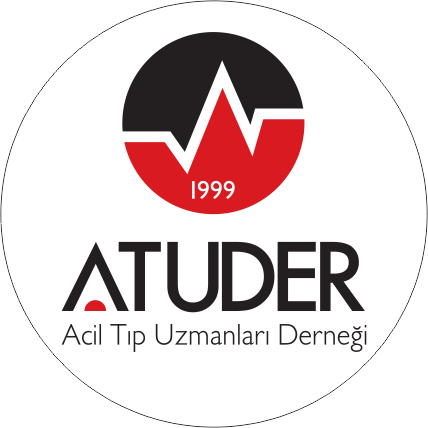ABSTRACT
Background:
For many years, management of liver injuries has involved many operative strategies ranging from simple suture to hepatic resection. Although mortality rates from liver injury have reduced recently, operative management of major liver injuries still remains a significant challenge. Aim of this study is to evaluate our 12 year experience of major liver injuries and to document the factors influencing treatment and outcome.
Methods:
One hundred and fifty-five consecutive patients with major hepatic injuries (grades III to V) were managed during the 12 year period (1990-2002). Demographic, clinical and operative data were recorded evaluating the patients in two separate time periods (1990 to1996; 1996 to 2002). Associated organ injuries, types of the operative treatment, postoperative complications, and mortality rates were also analyzed for each group.
Results:
All 155 patients sustaining either blunt trauma or penetrating trauma were managed operatively. There were 73 patients (47%) in the first group (1990-1996) and 82 patients (53%) in the second group (1996-2002). When non-operative treatment was not used to treat any patient with liver injury, 71 patients (46 %) were managed by simple suture alone. Non-anatomical resection (resectional debridement) was the type of treatment in 39 patients (25 %). Eighteen (12 %) patients had perihepatic packs placed to stop bleeding during the initial laparotomy. There were 27 (17 %) patients who were definitively treated by anatomical resection. 132 (85%) patients had one or more associated organ injuries, with skeletal and chest injury being the most common. Among the postoperative complications occurred, re-bleeding, biliary fistula ,cholangitis, and coagulopathy were the most important. The mean operative time, blood loss and transfusion requirement resulted in a significant decrease in the second group (P <0.05). Whereas length of hospital stay was similar in two groups, length of ICU stay was significantly prolonged in the second group (P <0.01). There were a total of 18 deaths (overall mortality, 11.6%), half of which ascribed to the liver itself. Other half of deaths were related to associated organ injuries and systemic organ failures. The mortality rates for the first period and the second period were 15% and 8.5%, respectively.
Conclusions:
Management of the major liver injuries remains a formidable challenge for the surgeon. Multimodal surgical strategies are available for control of bleeding from the liver and mortality can be reduced by multidisciplinary approaches.



